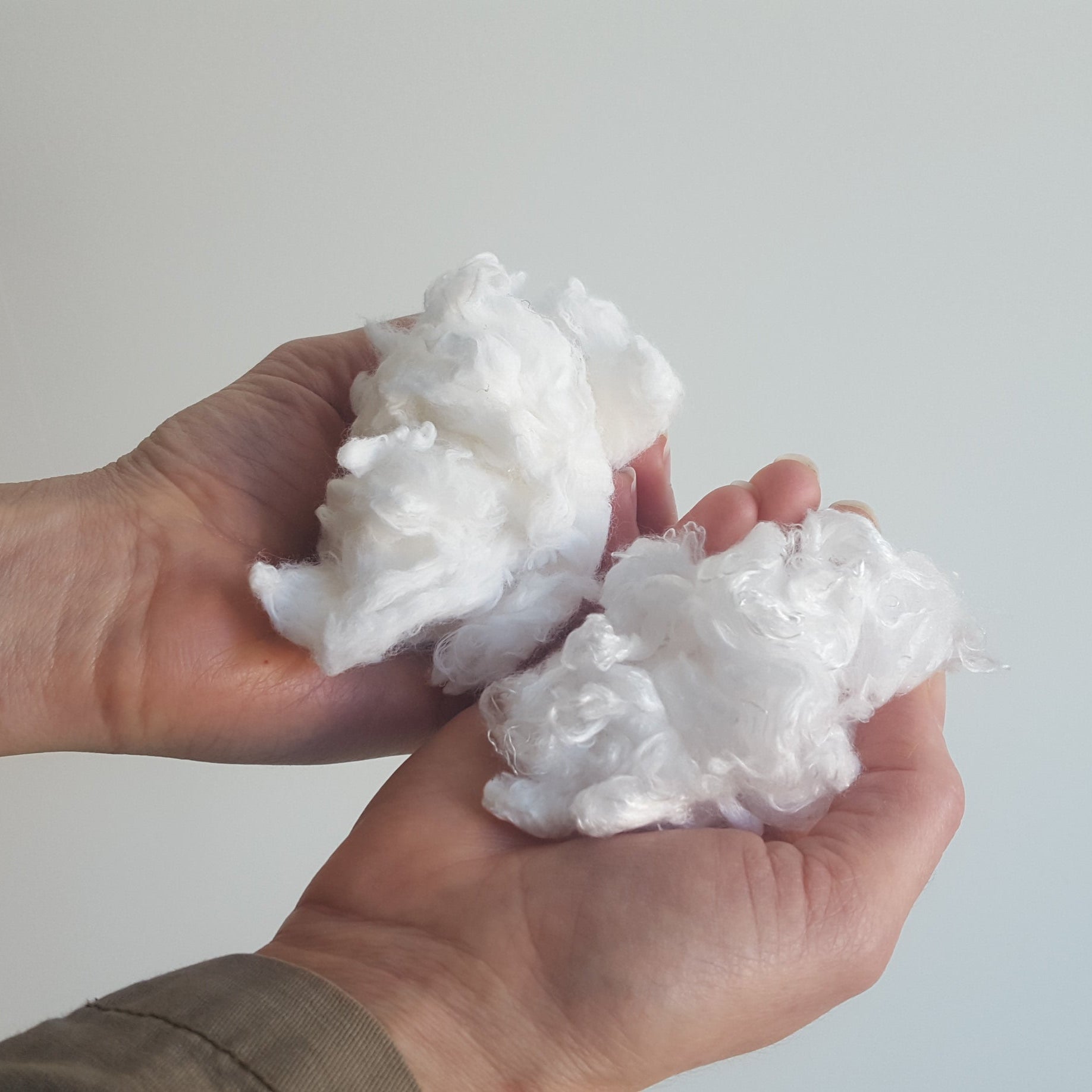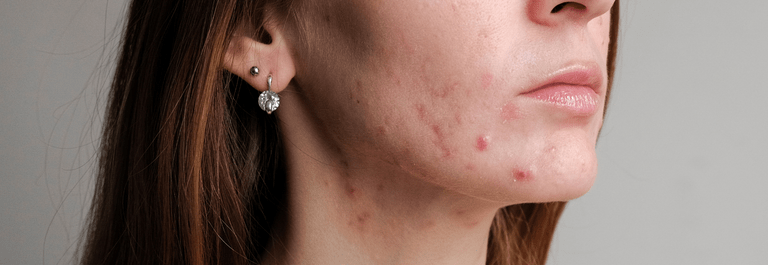Being allergic to dairy is a fairly common allergy, particularly in children. An atypical immune response to milk or products containing milk, symptoms can range from mild to severe and can include hives, itching, and shortness of breath.
In this blog post, you’ll find helpful information on how to manage dairy intolerance skin symptoms. We also explore:
- Milk allergy vs. milk intolerance
- Signs and symptoms of a milk allergy
- How to treat itchy symptoms
Read on so that you can avoid and manage dairy allergy symptoms once and for all!
What is a Milk Allergy?
A milk allergy is a common food allergen that results from consuming milk or products containing milk. Although cow’s milk is the typical culprit of a milk allergy, it can also be caused by sheep, goat, and buffalo milk.
Babies who are breastfed and babies who are formula fed can both develop a milk allergy. Although the allergy typically affects children, it can develop at any age.
It can even occur after consuming products containing milk that were once eaten without a problem.
It’s possible for some children to outgrow a milk allergy.
Milk Allergy vs. Milk Intolerance
It’s important to note that a milk allergy is not the same thing as milk intolerance. Unlike a true milk allergy, lactose intolerance does not involve the immune system.
Rather, milk intolerance is the inability to digest lactose which is a sugar commonly found in dairy products.
It’s rare for babies and children to develop lactose intolerance. Common symptoms of lactose intolerance include bloating and diarrhea after eating or drinking foods containing lactose.
Symptoms of a Milk Allergy
Symptoms of a milk allergy can differ from person to person. They can also range from mild to severe, potentially even causing anaphylaxis — a severe, life-threatening reaction.
An allergic reaction typically occurs minutes after consuming the allergen-containing food, however, they can also occur 2-3 hours after ingestion.
Immediate signs of a milk allergic reaction can include hives, wheezing, and itchy rashes on the chest and other areas. You may also notice a tingling sensation around the lips or mouth.This can lead to swelling of the lips, tongue, and throat.
In addition to nausea and vomiting, you may also experience diarrhea or abdominal pain. Wheezing, chest tightness, and shortness of breath may develop too.
Other symptoms that may take more time to develop include watery eyes, loose stool which may contain blood, and runny nose.
Natural Ways to Beat the Itch
Treatment for a milk allergy is to avoid milk and milk products. However, to help you deal with dairy allergy symptoms in adult’s skin and in children, these itchy skin treatments may help:
Organic Manuka Skin Soothing Cream: Creamy and cooling, this oil-based balm is made with just 6 ingredients, all of which were handpicked because of their known soothing abilities. It’s a great choice for people with sensitive skin and helps relieve itchiness from head to toe, including delicate areas like the lips.
Coconut and Sunflower Oil Soap Bar: This natural soap bar helps keep the skin smooth, soft, and supple. It’s gentle to use on babies and children and is effective for adults.
When to See a Doctor
If you experience milk allergy symptoms after consuming milk, you should speak to your doctor or allergist.
To get a proper diagnosis, they will ask about your medical history, perform a blood test, do a skin prick test, and conduct an oral food challenge.
If you experience symptoms of anaphylaxis, seek emergency medical attention immediately.
Get Started with these Itchy Skin Treatments Today
If a milk allergy or other allergic reaction is causing your skin to itch, try our gentle eczema treatments for natural and soothing relief.










